MOTION
TOPICS TO BE COVERED
State of Motion (Rest and Motion)
Types of motion
Uniform motion and Nonuniform motion
Physical quantity and system of units
Distance and Displacement
Speed and Velocity
Acceleration and Retardation
Graphical Representation of Motion
• Distance – Time graph
• Velocity – Time graph
Equation of motion
Derivation of equations of motion by Simple Algebraic Method
Derivation of equations of Motion by Graphical Method
Circular motion
Position:- The position of a body is defined as how far it is from a reference point and in what direction.
Reference Point and Reference Frame
To describe the position of an object, we need a reference point or origin. An object may seem to be moving to one observer and stationary to another.
In physics there are two state of motion
Rest (stationary)
Motion
Rest:- A body is said to be in state of rest when it’s position does not change with respect to a reference point and with respect to time.
Motion:- A body is said to be in motion or moving when its position changes continuously with respect to time in presence of reference point.
Types of motion
Random motion
Translation motion
• Rectilinear motion or Linear Motion
• Curvilinear motion or circular motion
Rotational motion
Vibration or oscillatory motion
Random motion:- When the object moves in zigzag motion not move in straight line is called random motion
For example:- Motion of a butterfly,

Translational motion:- The motion in which all the points of moving body moves uniformly in the same linear direction, without any rotation or change in orientation.
There are two types of translation motion
Rectilinear motion or linear motion
Curvilinear motion or circular motion
Rectilinear motion or linear motion:-
When a body travels in the straight line then the body is said to be in a linear motion
For example:- include a car moving along a straight road or a person walking in a straight line.
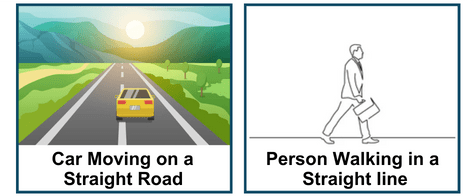
Curvilinear motion or circular motion:-
If a body travels along a curved path than the body is said to be in circular motion .
For example:-a roller coaster ride where the track twists and turns, or a bicycle going around a circular path.
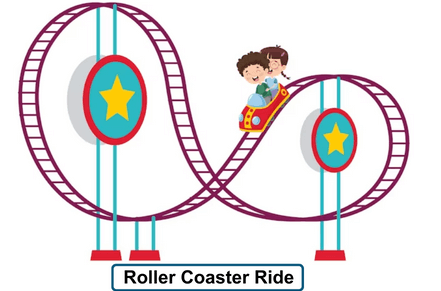
Rotational Motion:-
When a body rotates about a fixed axis is called rotational motion
For example:-The blades of a rotating fan or a potter’s wheel. The object stays in the same place with respect to time, but different parts of it move at varying distances.
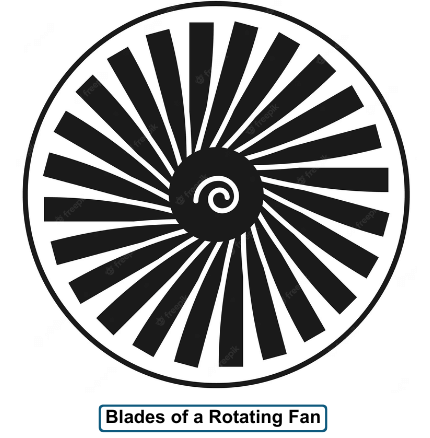
Vibration or Oscillatory motion :-
If a body shows to and fro movement then the body is said to be oscillatory motion for vibration motion
For example :- pendulum
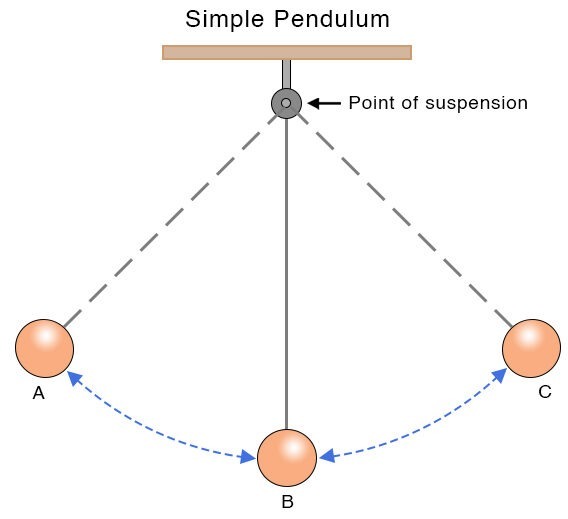
Uniform And Non uniform motion
If an object covers equal distance in equal interval of time then it is speed is called uniform speed no matter how small these time intervals may be

Non uniform motion or variable speed or non uniform speed
If an object covers unequal distance in equal interval of time then its speed is called non uniform speed.

Physical quantity and system of units
Magnitude
Scalar quantity:
It is the physical quantity having own magnitude but no direction.
Example: distance, speed, time, mass, temperature, area, volume
• Vector quantity:
It is the physical quantity that requires both magnitude and direction.
Example: displacement, velocity, weight, momentum, force, acceleration, etc.
Distance and Displacement:-
Distance:- It is the complete length of the path by a moving body irrespective of the direction in which the body travels.
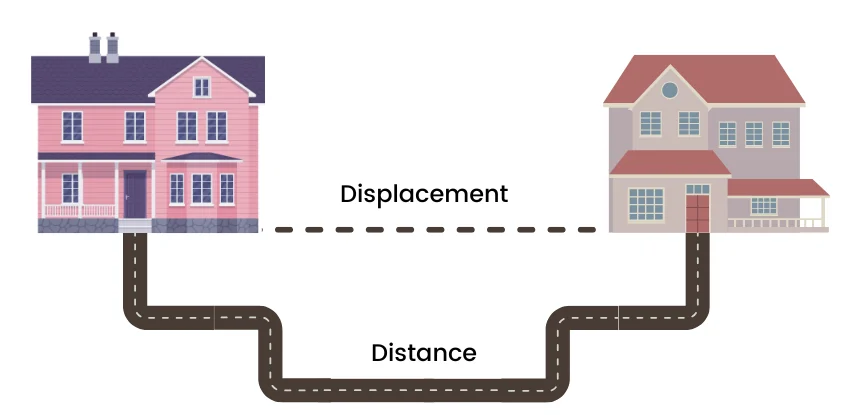
The distance between two points can have different value.
It is a scanner quantity.
Distance cannot be zero or negative.
Distance has only magnitude.
Distance has no specified direction.
Distance is denoted by “D”.
The unit of distance is meter “m”.
Distance is always greater than or equal to the displacement.
Displacement:- The shortest distance between the initial position and the final position of the body along with direction is called displacement
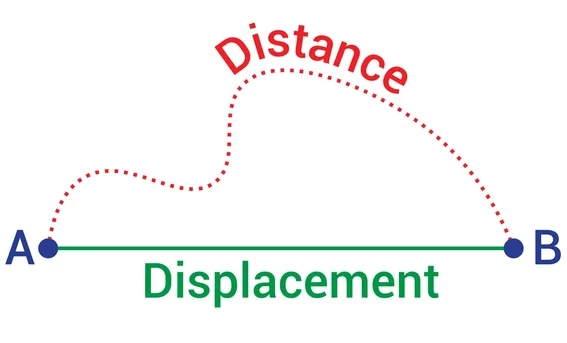
It is a vector quantity
It has magnitude as well as direction
Displacement of an object can be zero or negative
Displacement has specified direction
Displacement of a body between two points has unique value.
Displacement is less than or equal to distance.
Displacement can either be positive or negative or zero (when initial point and final point of motion are same)
Example: circular motion.
Speed and Velocity
Speed:- The speed of a body gives us an idea how slow or fast that body is moving.
Or
The rate at which distance is covered is called speed.
SI unit of speed is meter per second (m/s)
Speed is a scalar quantity.
Speed has only magnitude.
* Speedometer is an instrument which tells about the speed of vehicle.
* Odometer is an instrument which tells about the distance covered by the body.
Types of speed
Average speed
Instantaneous Speed
Average speed:-
The ratio of total distance travelled by the object to the total time taken is called average speed of that object.
If a particle travels distance d1, d2, d3 ………… , with speed s1, S2, S3 ……… Respectively
Instantaneous Speed :-
The speed of any object at any particular time is called Instantaneous Speed.
Velocity:-
As we know that speed does not gives us the idea of direction of motion, therefore to know the exact position of the moving body, direction should also be known.
* The velocity of an object is displacement or distance travel by it per unit time in the given direction.
Or
• Velocity of an object is its displacement per unit time
SI unit of velocity is m/s
Velocity is a vector quantity
It has magnitude as well as direction.
Uniform velocity or constant velocity
An object is said to be uniform velocity if it travels in a specified direction in a straight line and moves over equal interval of time.
Note :-
* To keep the validity constant
Magnitude should be constant
Directions should be same.
* To change the velocity
Idhar magnitude has to be changed
Or direction has to be change
Or bahut has to be changed
Velocity can be positive or zero or negative
Types of velocity
Average velocity
Instantaneous velocity

Where,
V= velocity
Vi = initial velocity
Vf = final velocity
Instantaneous velocity :-
The velocity of any body at any particular time is called Instantaneous velocity.
Acceleration:-
It is defined as the rate of change in velocity of an object which time.
It is denoted by “a”
Acceleration has both magnitude as well as direction therefore acceleration is a vector quantity.
Change in velocity = final velocity – initial velocity
Therefore,

Where,
a = acceleration
V = final velocity
u = initial velocity
t = time
Uniform acceleration or constant acceleration:-
Acceleration is said to be uniform when an object travels in a straight line and its velocity increases by equal amount in equal interval of time.
Example:- The motion of free falling body, The motion of ball rolling down an inclined plane.
Non uniform acceleration
Acceleration is said to be non uniform, when the velocity of an object increases by unequal amount in equal interval of time.
Zero acceleration:-
When object move in uniform motion then acceleration is equal to zero.
Retardation or deacceration or negative acceleration:-
A body is said to be retarded if its velocity is decreases.
If the final velocity decreases then we get negative acceleration and its negative acceleration is also called retardation.
Distance time graph
Distance-time graph is also known as d-t graph, visually represents the relationship between the distance and object travels and the time taken. It helps determine the object’s position, speed and whether its motion is uniform or non uniform. The graph is Plotted with distance on y-axis and time on the x- axis.
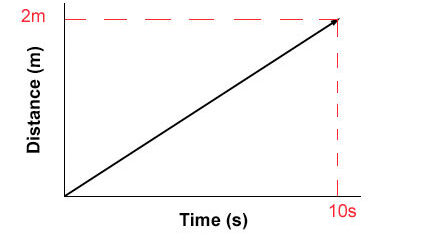
In this graph, the object covers equal distance in equal interval of time and so its speed is uniform
The straight line represents the uniform motion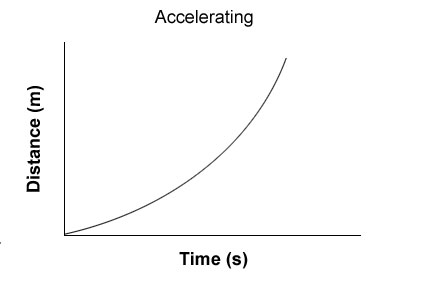
In this graph, the object does not cover equal distance in equal interval of time and so its speed is non uniform.
The continuous increase in the slope indicates accelerated non uniform motion.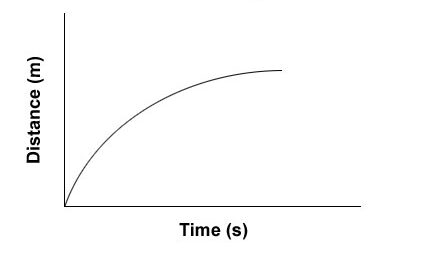
In this graph, the object does not cover equal distance in equal and interval of time and so its speed is non uniform.
The continuous decrease in the slope indicates retarded non uniform motion.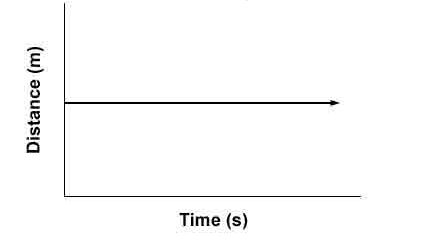
In this graph, the object is at rest as the distance remains constant with increase in time
The parallel lines to the x-axis represents constant distance.
Velocity -Time graph:-
A velocity time graph is also non as V-T graph is a visual representation of how the velocity of an object changes over time. It’s a plot where the velocity of an object is noted on the y axis and the time on the x-axis.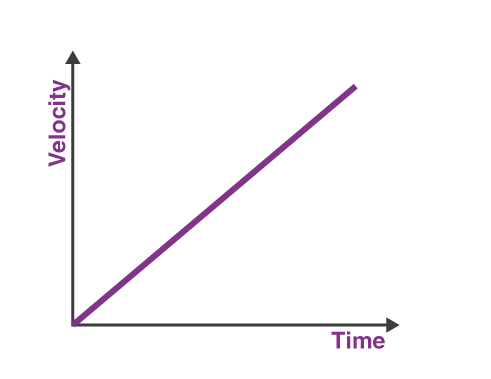
In this graph, the velocity of object is increasing by equal amount in equivalent travel of time.
Therefore the motion of the object is uniformly accelerated.
In this graph, the velocity of object is decreasing by equal amount in equal intervals of time, therefore the motion of the object is uniformly decelerated.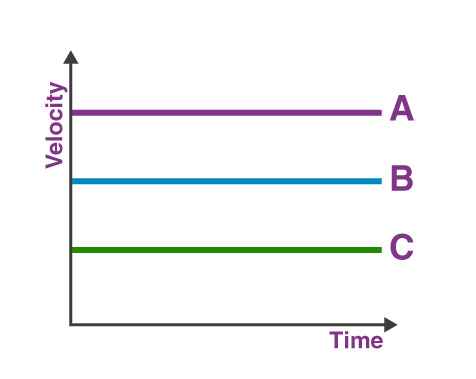
In this graph, the velocity of the object remains constant with time. Therefore we can say that the object is moving with constant velocity that is its acceleration is zero
Points to be Remembered :-
The area under velocity time graph represents the displacement cover by the object. The slope (inclination with x-axis) of D-T graph represents the speed of the object.

Area of rectangle ABCD = AB × AD
The slope (inclination with x-axis) of D-T graph represents the speed of object.
The slope (inclination with x-axis) of V-T graph represents the acceleration of the object.
Slope
Slope is the ratio of physical quantity on y-axis to the physical quantity on x-axis.
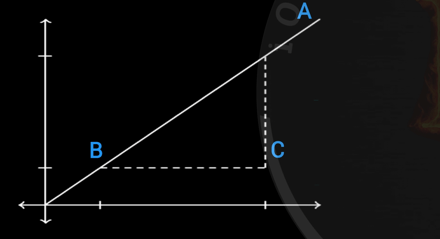

Equation of motion
When the body is moving along a straight line with uniform acceleration, a relation can be established between velocity of the body, acceleration of the body and the distance travel by the body in a specific time by a set of equations. These equations are called equations of motion
The three equations of motion are
First equation of motion:-
Second equation of motion:-

Third equation of motion:-

Where,
V = final velocity of the body
a = uniform acceleration of the body
t = time taken
s = distance travelled
First Equation of M0tion
Consider a body having initial velocity ‘u’. Suppose it is subjected to a uniform acceleration ‘a’ so that after time ‘t’ its final velocity becomes ‘v’. Now we now,



This equation is known as the first equation of motion.
Second Equation of Motion
Suppose a body has an initial velocity ‘u’ and uniform acceleration ‘a’ for time ‘t’ so that its final velocity becomes ‘v’. The distance traveled by moving body in time ‘t’ is ‘S’ then the

Derivation of Third Equation of Motion by Algebraic Method
We know that displacement is the product of average velocity and time. Mathematically, this can be represented as
Substituting the standard notations, the above equation becomes
From the first equation of motion, we know that
Rearranging the above formula, we get
Substituting the value of t in the displacement formula, we get


Home – View
Official Website- Physics Wallah
iOTA CLASSES has been working for the last 6 years at youtube ( online mode) but from last year ( 2024) we are running both online and offline,
With the cooperation of students , parents , our colleagues and team, we have gained satisfactory results,
And working more enthusiastically for the better aspirations. image of 2024 class 10th result [CBSE and BSEB( ENG. Med)]

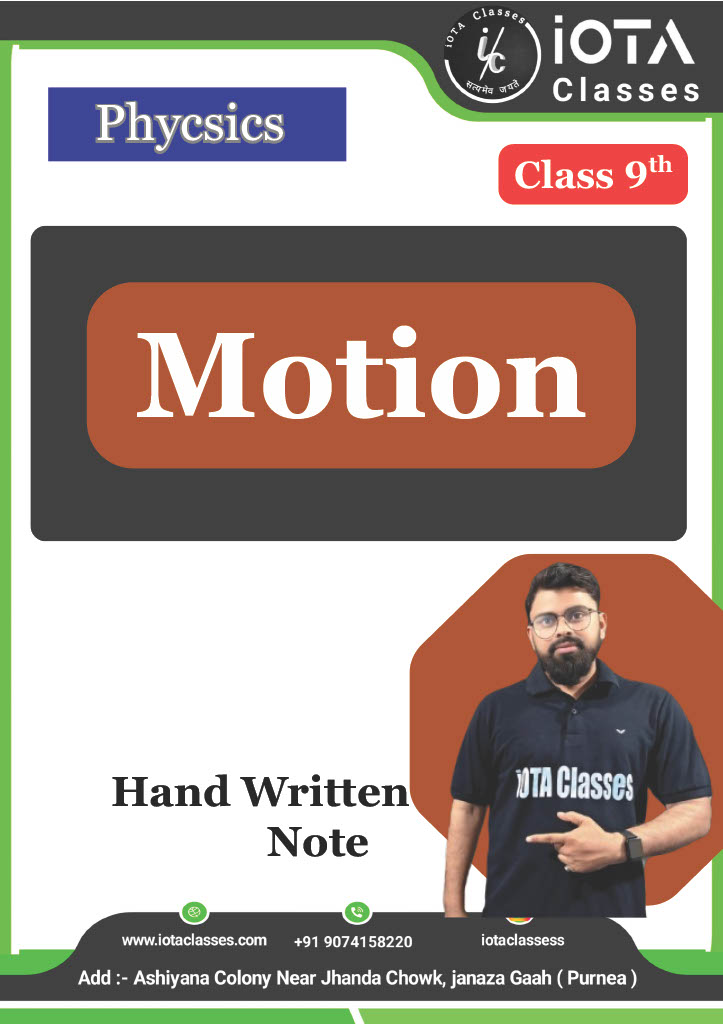
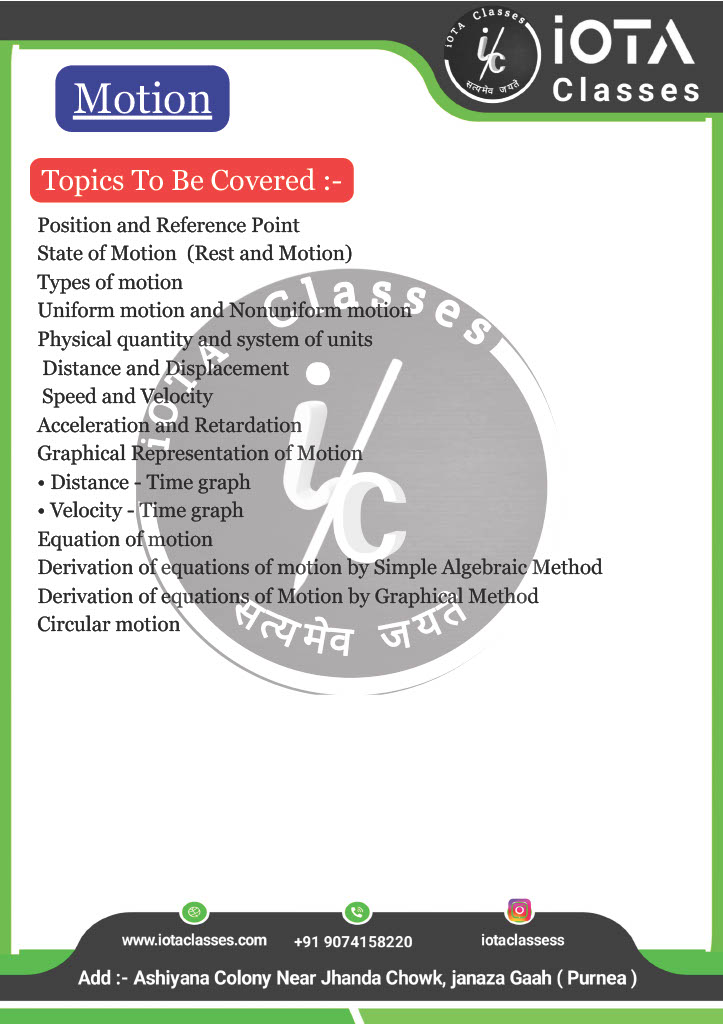
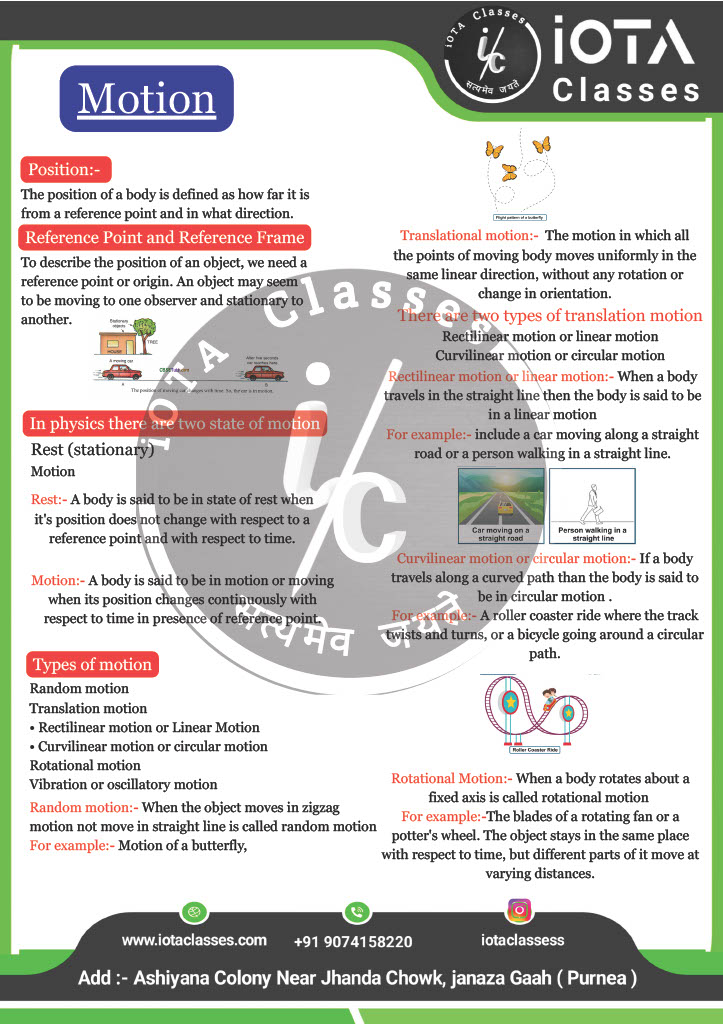
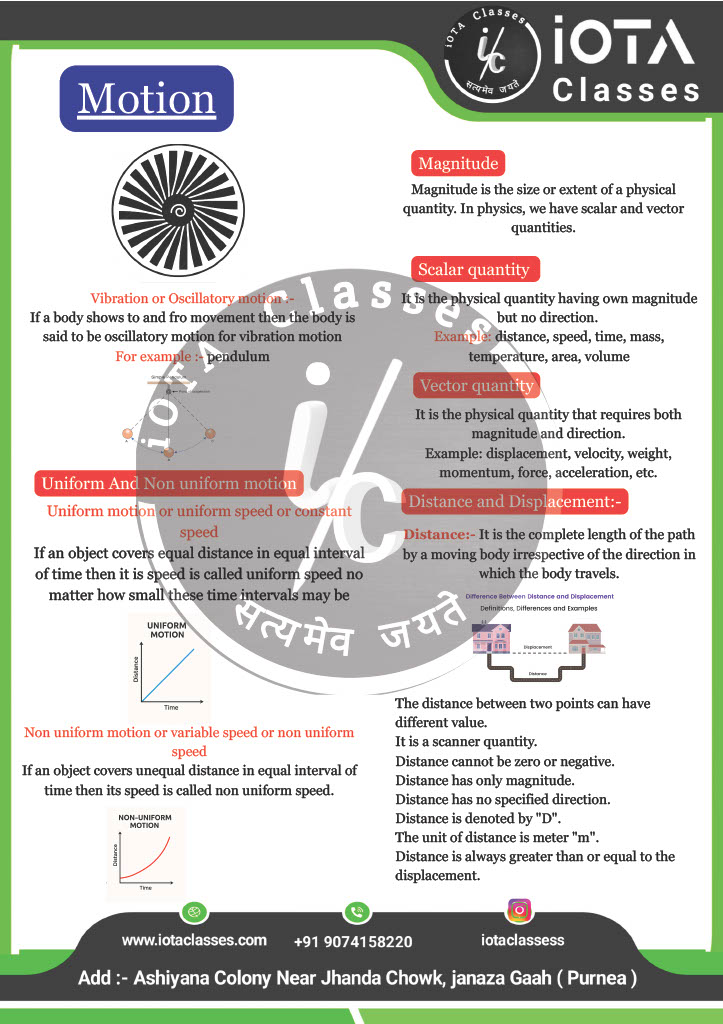

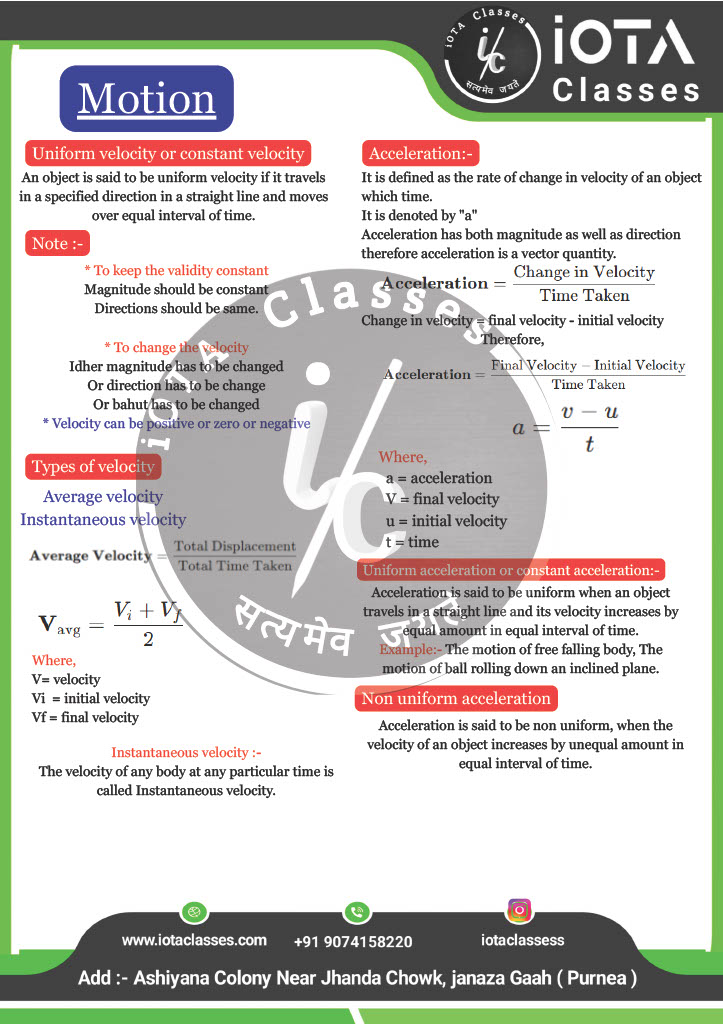
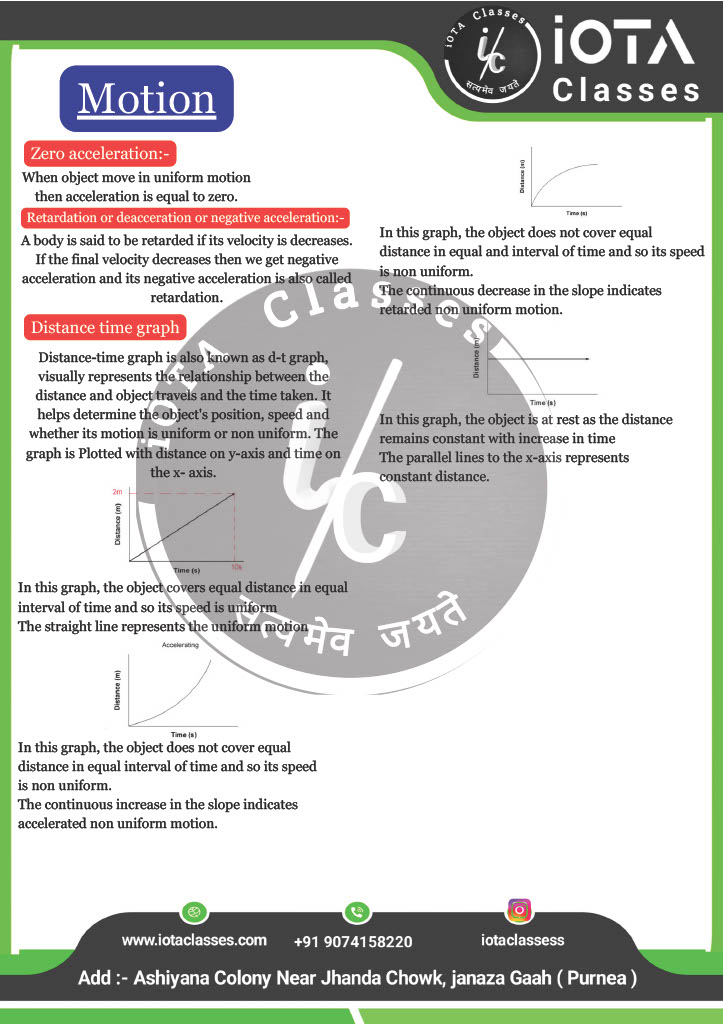

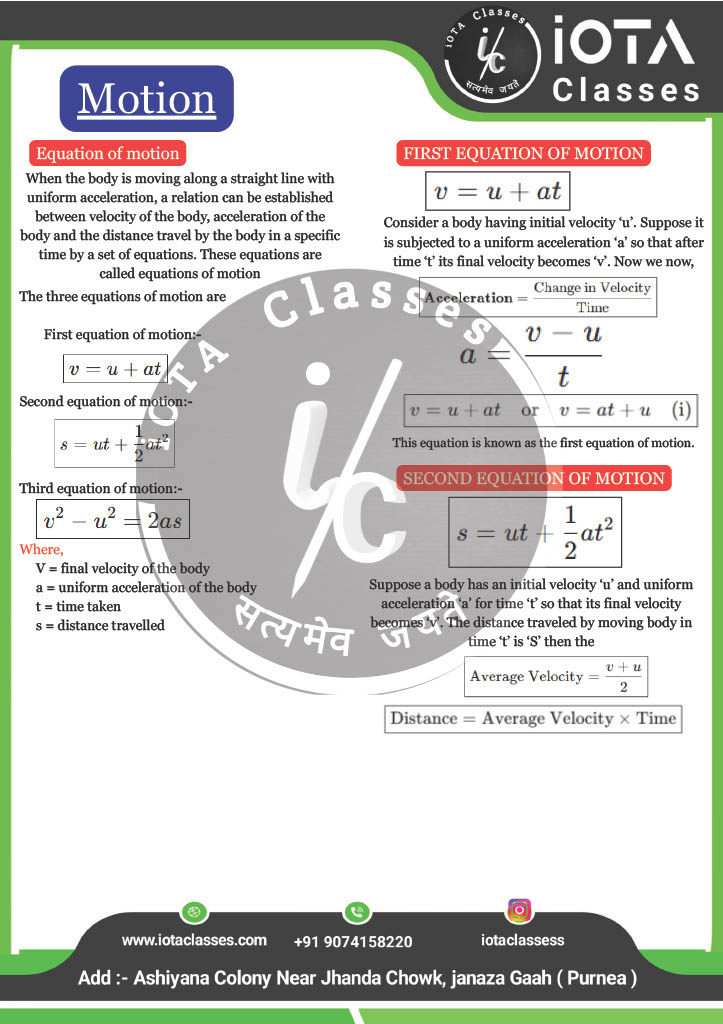
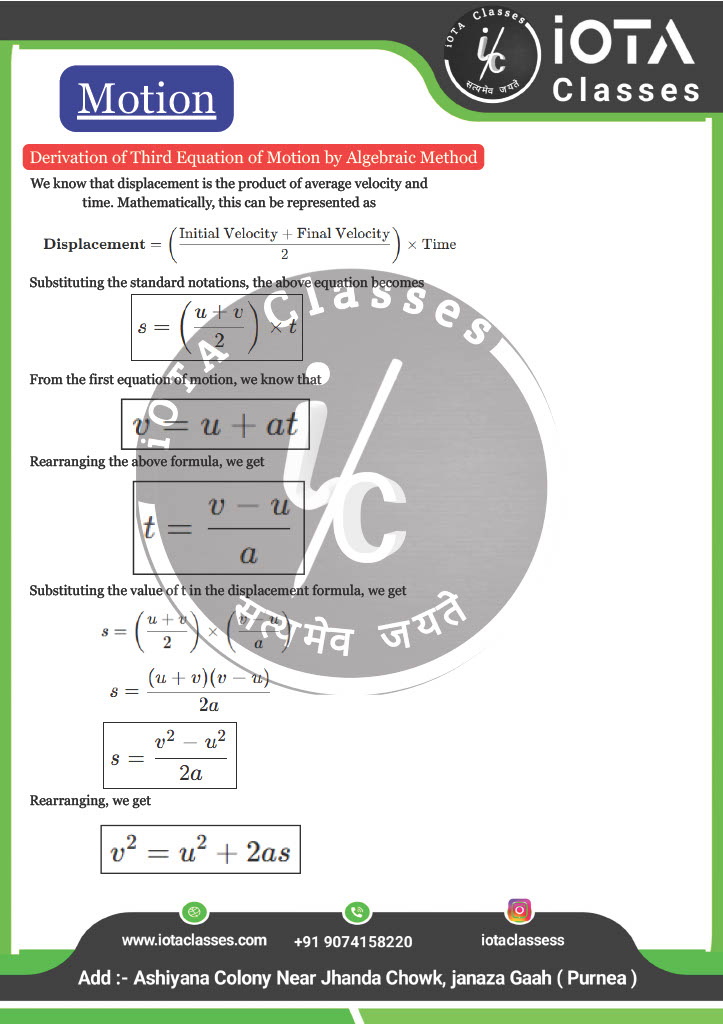
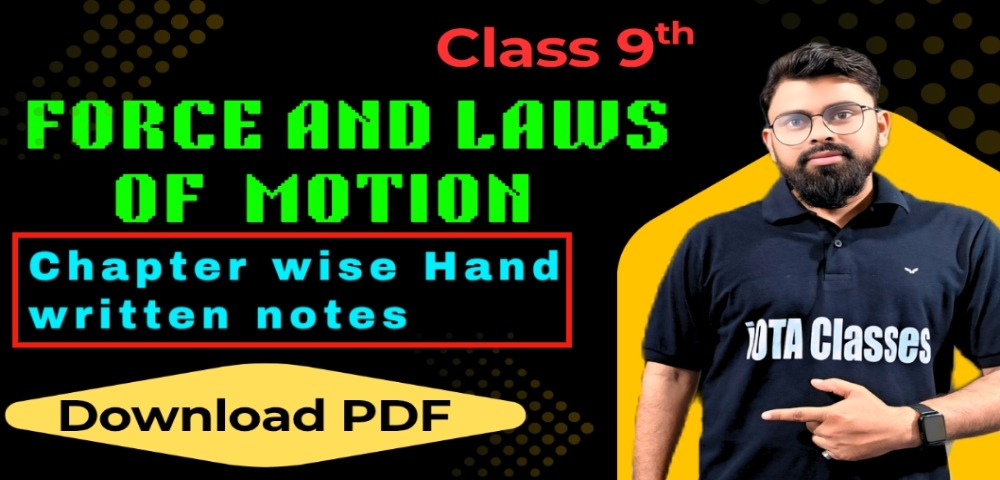

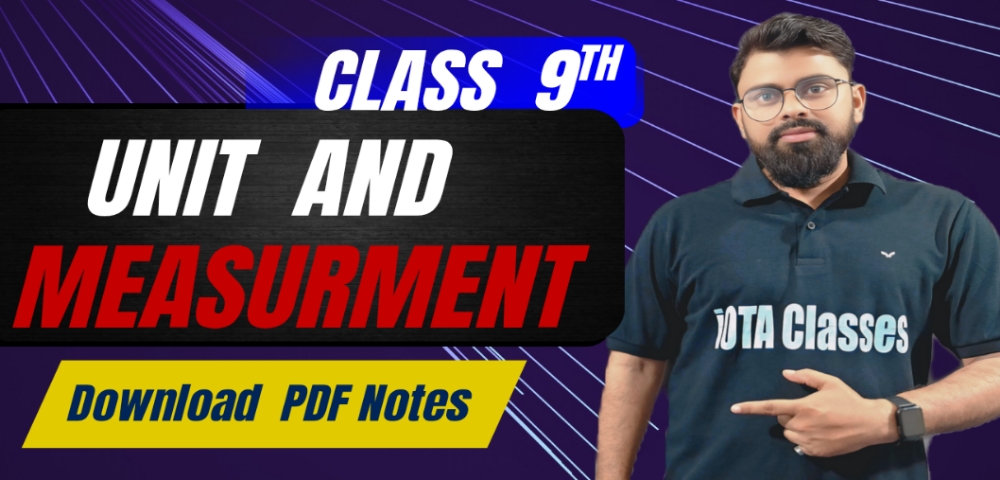

Bht achchha smjhaye sir khatarnak